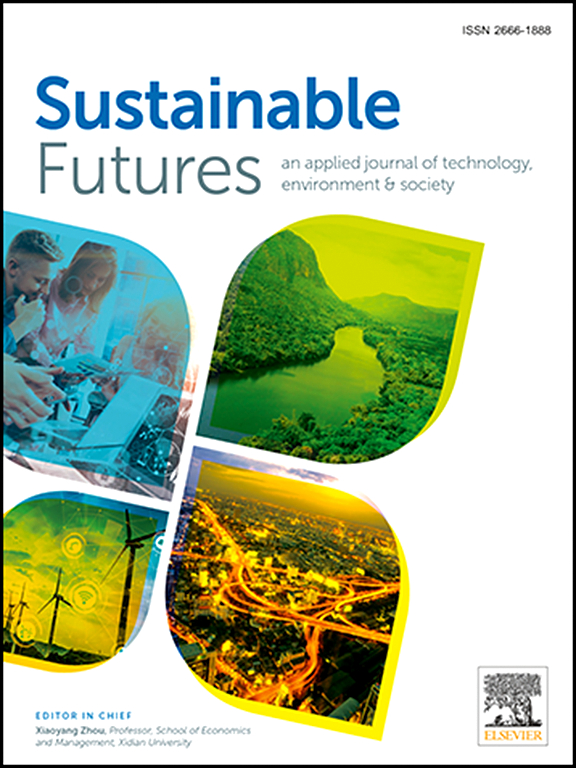推动可持续未来:人工智能驱动的可再生能源整合,以优化电网管理
IF 4.9
2区 社会学
Q2 ENVIRONMENTAL SCIENCES
引用次数: 0
摘要
本研究探讨了深度学习(DL)和人工智能(AI)如何结合起来,以促进能源系统的可持续性,重点是可再生能源(RESs)。该研究分析了三个主要数据集:2018年1月至2020年3月的风电预测数据和全球能源消费和可再生发电数据集,该数据集跟踪了1997年至2017年全球可再生和不可再生能源的能源生产。支持向量回归(SVR)、长短期记忆(LSTM)和卷积神经网络(CNN)是三种机器学习算法,它们在用于风电预测时分别提供最高的平均绝对误差(MAE),分别为0.1463、0.0926和0.1463。此外,印度两家太阳能发电厂34天的太阳能发电数据表明,随机森林算法的表现优于其他算法,准确率为99.03%,其次是线性回归算法,准确率为98.37%。这些结果表明,人工智能可以用于优化能源生产,改善RESs管理,并帮助实现可持续发展目标(sdg)。根据研究结果,人工智能和深度学习技术有可能提高能源系统的可持续性和效率,特别是那些依赖于太阳能和风能等可再生能源的系统。本文章由计算机程序翻译,如有差异,请以英文原文为准。
Powering a sustainable future: AI-driven integration of renewables for optimized grid management
This research investigates how Deep Learning (DL) and Artificial Intelligence (AI) can be combined to advance energy systems' sustainability with an eusemphasis on Renewable Energy Sources (RESs). The study analyzes three main datasets: Wind Power Forecasting data from January 2018 to March 2020 and the Global Energy Consumption and Renewable Generation Dataset, which follows the world's energy production from renewable and non-renewable sources from 1997 to 2017. Support Vector Regression (SVR), Long Short-Term Memory (LSTM), and Convolutional Neural Networks (CNN) are the three machine learning algorithms that provide the highest Mean Absolute Error (MAE) of 0.1463, 0.0926, and 0.1463, respectively, when used for wind power forecasting. Additionally, 34 days of data on solar power generation from two solar power plants in India show that Random Forest performs better than other algorithms, with an accuracy of 99.03 %, followed by Linear Regression at 98.37 %. These results show how AI may be used to optimize energy production, improve the management of RESs, and help accomplish the Sustainable Development Goals (SDGs). According to the findings, AI and DL technologies have the potential to increase energy systems' sustainability and efficiency, especially those that rely on RESs like solar and wind.
求助全文
通过发布文献求助,成功后即可免费获取论文全文。
去求助
来源期刊

Sustainable Futures
Social Sciences-Sociology and Political Science
CiteScore
9.30
自引率
1.80%
发文量
34
审稿时长
71 days
期刊介绍:
Sustainable Futures: is a journal focused on the intersection of sustainability, environment and technology from various disciplines in social sciences, and their larger implications for corporation, government, education institutions, regions and society both at present and in the future. It provides an advanced platform for studies related to sustainability and sustainable development in society, economics, environment, and culture. The scope of the journal is broad and encourages interdisciplinary research, as well as welcoming theoretical and practical research from all methodological approaches.
 求助内容:
求助内容: 应助结果提醒方式:
应助结果提醒方式:


